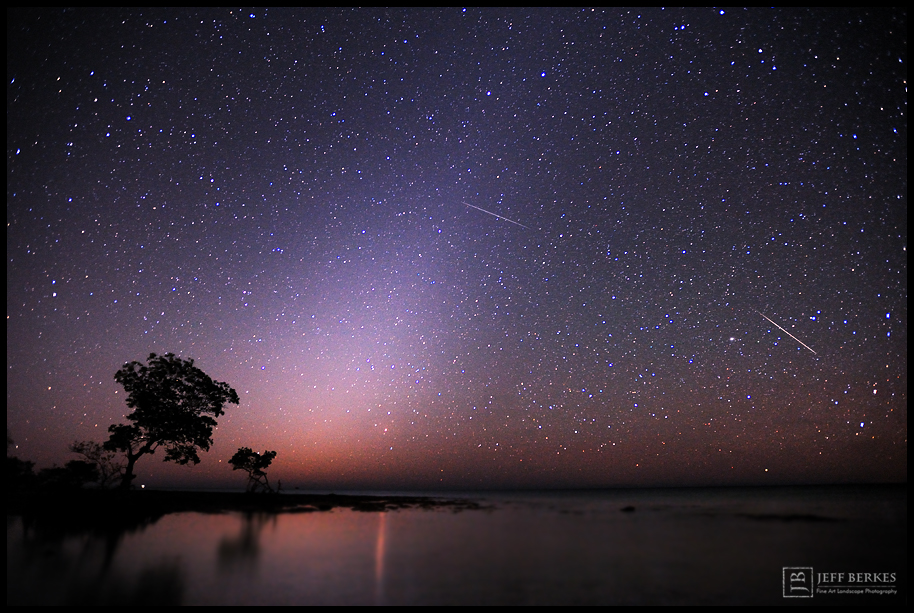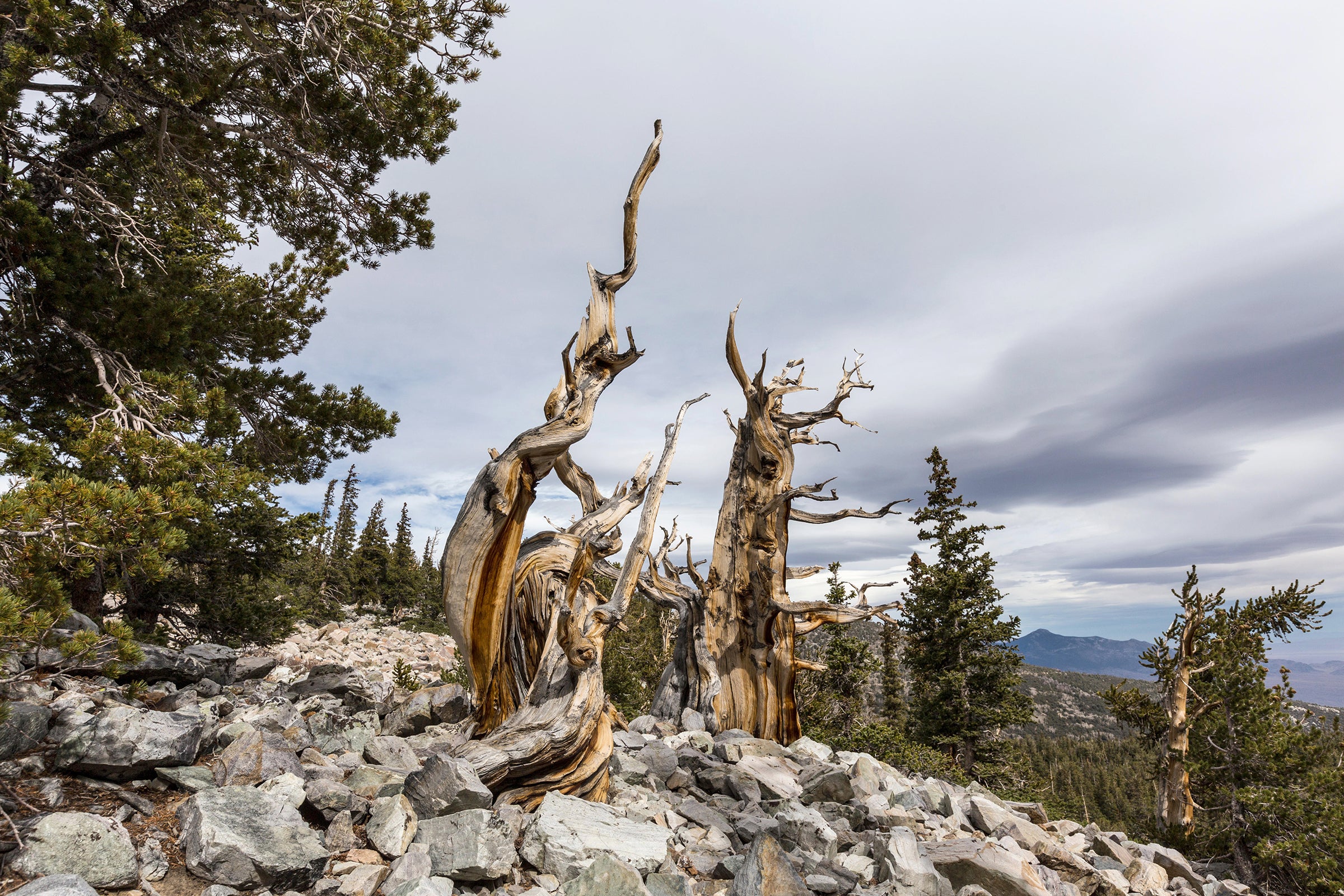CLIMATEWIRE |A new California bill would turn electric vehicles into a backup power supply for the state’s troubled grid.
But experts say the idea — while promising — still has some technological hurdles to overcome. And they warn that mandates such as the one prescribed in the California measure could increase the cost of electric vehicles.
Under the proposal put forward by Democratic state Sen. Nancy Skinner, all new electric vehicles sold in California starting in 2027 would need the ability to both store and send power. Her measure passed out of a Senate committee this week after clearing another committee last week. Dozens of environmental, health and community groups support it, while the largest automakers’ trade group opposes it.
The intent of the proposal is to provide California with electricity on days when supplies are tight, Skinner said at a recent state Senate committee hearing. And EVs could make a real difference, she added.
The state wants 8 million zero-emissions vehicles on its roads by 2030, and “if less than 10 percent of those EVs were to be utilized in this way, it would have more gigawatt capacity” than the Diablo Canyon nuclear power plant in San Luis Obispo County, Calif., Skinner said. “So there’s great potential here.”
Already, California is on its way toward electrifying its car fleet.
California announced last week that more than 1.5 million electric vehicles have been sold in the state through March (ClimatewireApril 21), and that more than 1 in 5 new car purchases were zero-emissions options. Currently, about 40 percent of all EVs sold in the United States are in the Golden State.
But more work is needed to make EVs universally ready to send power to the grid, experts said.
One obstacle is that EVs export direct current, but power sent to the grid needs to be alternating current. A conversion either needs to come inside the vehicle, or in a wall plug.
Requiring that all EVs are available for two-way charging — as mandated by the California bill — would add a few hundred dollars to their price, said Gil Tal, director of the Electric Vehicle Research Center at the University of California, Davis. Another option is using equipment known as a vehicle-to-grid-capable charger. But that’s a few thousand dollars, Tal said.
Additionally, automakers use different charger technologies, Tal said, so there’s no universal wall converter option. There also are no current regulatory incentives for motorists to send EV power back to the grid.
Safety issues are a concern too, said Andrew Meintz, chief engineer for electric vehicle charging and grid at the National Renewable Energy Laboratory.
Any inverter connected to the grid needs an Underwriters Laboratories certification. That requires testing “to make sure that it doesn’t catch fire, that doesn’t shock you,” he said. The standards haven’t yet been written for vehicle to grid applications, he said, and until that’s done, it can’t go through the testing.
Commercial fleets might be best positioned to give power to the grid, he said, since their use and charging schedules are more set than those of individual drivers. There also are ongoing studies with electric buses sending power to the grid, and that’s another more likely option, he said.
A few automakers moving ahead
Some EVs, however, are ready for two-way charging — including the Nissan Leaf and the Ford F-150 Lightning truck.
Last September, Nissan said a two-way charger from Fermata Energy could be used with the Nissan Leaf, model years 2013 and later. Nissan would not say how much power the Leaf could send back to the grid.
The EV Ford truck is currently aimed at providing backup power to a home, not the grid.
Ford’s F-150 Lightning truck can power a home during a power outage for up to three days, or up to 10 with power rationing, according to the company. But right now, there is no avenue to use the truck to power a grid.
Meanwhile, Tesla plans to have all its cars capable of two-way charging “within the next model year,” Skinner said at a hearing of the state Senate Committee on Energy, Utilities and Communications earlier this month.
Tesla did not respond to requests for information on its plans.
But Tesla cars could be ready because they operate on a closed system, Tal said, where the company makes both the EVs and the chargers.
Some EV advocates oppose mandates, such as in the bill.
“Having a 2027 rollout — which would mean that the engineering has to start now — adds unnecessary cost for kind of a benefit that we’re uncertain of,” said Orville Thomas, state policy director with CalStart, a nonprofit advancing clean transportation.
The state has a new regulation advancing electric vehicles, banning sales of new gas-fueled cars after 2035. It also requires certain battery standards, Thomas said. How would two-way charging work with those rules, he said.
“Is that going to mean that the battery needs to be replaced for the second user?” he said. “Will the state of charge be less because you’re drawing down on the battery and its duty cycles are being compromised?”
The Alliance for Automotive Innovation, the largest trade group for automakers, said in a letter to Skinner that the mandate would add more than $3,000 to each vehicle’s cost. There also are questions about the state grid’s readiness to support two-way charging, it said.
“The many unknowns of how to implement such a complex and nascent technology are too challenging at this time to establish a mandate,” it said in the letter.
Two-way charging
Several utilities are working on pilots studying both two-way charging and incentives for EV owners to charge their vehicles at the most opportune times for the grid.
Ford is running pilots with Pacific Gas and Electric Co. in the San Francisco region and the Sacramento Municipal Utility District. With PG&E, Ford is testing how its vehicle-to-home system could help customers during grid outages.
Beyond that, a Ford spokesperson said in an email, it’s testing vehicle-to-grid capabilities through the F-150 Lightning and “exploring how a customer’s car’s battery can be used to send power back to the grid, a process that could potentially allow drivers to make money by selling electricity back to utility companies in times of high community power usage.”
In the pilot with the Sacramento Municipal Utility District, Ford said it’s looking at ways to support charging at off-peak hours.
BMW has run several pilot with PG&E since 2015, looking at incentives for off-peak charging as well as “exploration of V2G [vehicle-to-grid] possibilities,” Katrina St. Jean, a BMW spokesperson, said in an email.
“The BMW Group believes that vehicles can play a larger role in supporting the grid as new vehicle technologies are developed,” she said.
Reprinted from E&E News with permission from POLITICO, LLC. Copyright 2023. E&E News provides essential news for energy and environment professionals.
Note: This article have been indexed to our site. We do not claim legitimacy, ownership or copyright of any of the content above. To see the article at original source Click Here













